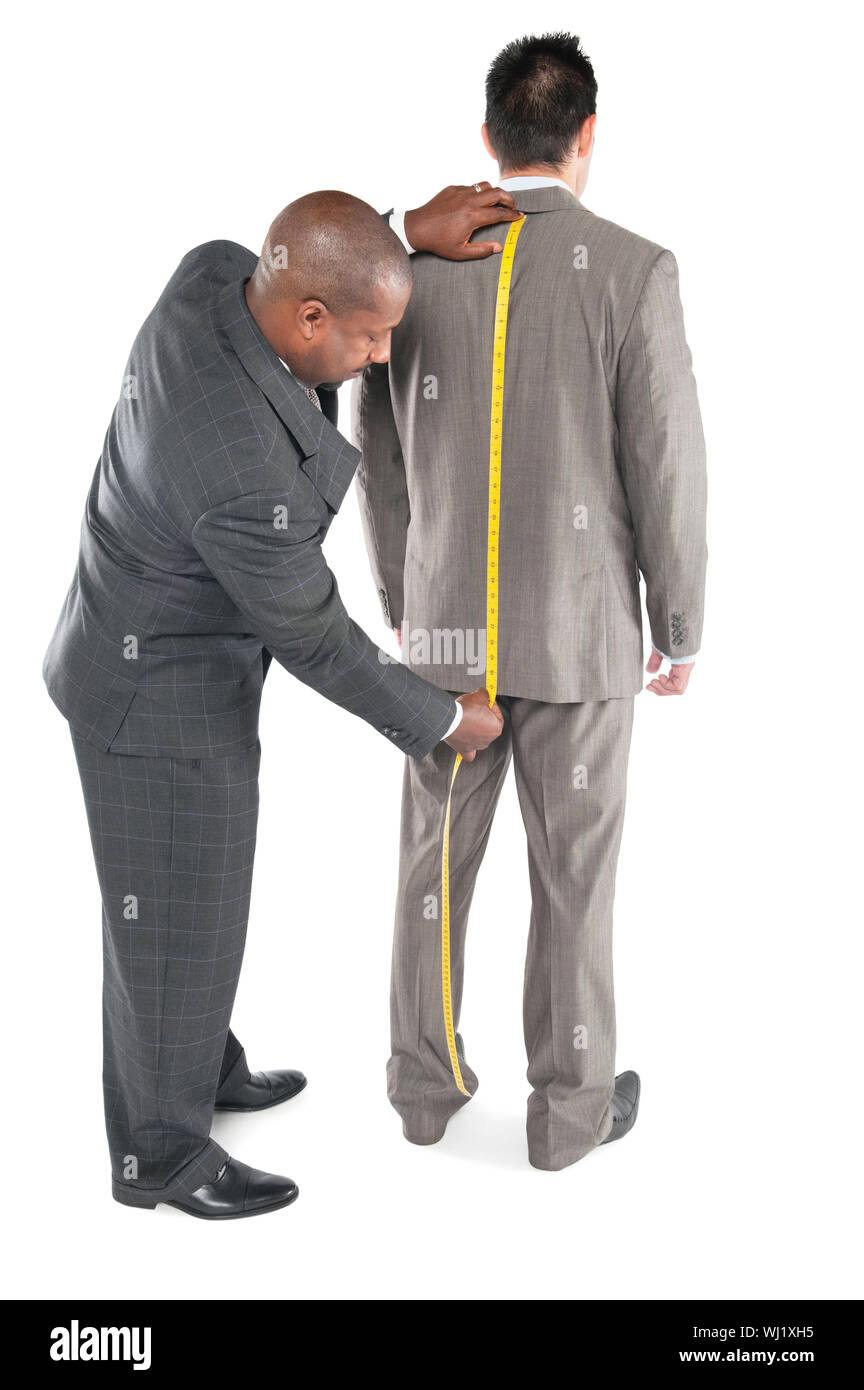Tailor Perth Professionals: Boost Your Style with Custom Tailoring
Tailor Perth Professionals: Boost Your Style with Custom Tailoring
Blog Article
Understanding the Tailoring Process: From Fabric Selection to Final Suitable for the Suitable Wardrobe
The customizing process is an intricate interplay of art and scientific research, starting with the critical decision of textile choice and culminating in the exact modifications of last fittings. Each textile type brings one-of-a-kind high qualities that affect not only the visual charm yet likewise the garment's long life and suitability for numerous events.
Significance of Textile Selection
Selecting the appropriate fabric is vital in the tailoring process, as it directly affects the comfort, toughness, and total aesthetic of the final garment (tailor perth). The selection of material establishes the foundation for the garment's performance, style, and performance. Different fabrics have one-of-a-kind buildings, such as weight, breathability, and stretch, which can considerably impact exactly how the garment drapes and fits the body
In addition, textile selection influences the garment's durability and simplicity of treatment. High-quality fabrics can hold up against wear and tear, maintaining their look and framework with time, while lower-quality materials may bring about pilling or fading. Furthermore, the ideal textile adds to the garment's capacity to shift across periods and celebrations, thereby enhancing versatility.
A customized item made from a proper material not only showcases workmanship however also boosts the wearer's confidence. Subsequently, comprehending the nuances of textile choice is critical for any customizing venture. It makes sure that the final item not just satisfies the aesthetic needs of the customer but also straightens with functional demands, consequently attaining an unified equilibrium in between kind and function in the tailored closet.
Sorts Of Fabrics and Their Usages
Comprehending the various kinds of fabrics offered is vital for making educated decisions throughout the tailoring procedure. Each fabric has one-of-a-kind features that dictate its viability for particular garments and occasions.
Its versatility enables it to be tailored into everything from tee shirts to outfits. Its all-natural flexibility helps garments maintain shape over time.
Silk radiates deluxe and is light-weight, making it excellent for eveningwear and delicate blouses; however, it requires careful handling because of its frailty. Bed linen, with its distinctive surface, is a preferred selection for cozy environments, giving a crisp and ventilated feel, but it wrinkles conveniently, which might influence the garment's look.
Artificial materials, such as polyester and nylon, offer longevity and resistance to creases, making them appropriate for day-to-day wear and energetic apparel. Understanding these fabric kinds and their residential properties enables much better decision-making, making certain that each customized piece not only fits well but also aligns with the desired objective and event.
The Tailoring Methods Discussed
The art of tailoring relies upon a variety of techniques that change textile into well-fitted garments. Central to this process is pattern drafting, where a dressmaker develops layouts based on the client's dimensions and desired style. This preliminary action makes sure that the garment will certainly fit the user appropriately prior to any cutting occurs.
When patterns are established, reducing strategies come right into play. Precision is paramount as errors can cause misfitting garments. Tailors typically use numerous cutting methods, such as single-layer reducing for elaborate layouts and multiple-layer cutting for performance on common patterns.
Basting is one more essential strategy, allowing dressmakers to temporarily sew material pieces with each other for a preliminary installation. This technique provides the possibility to evaluate the drape and overall shape prior to final sewing.
Seaming methods, including french joints and flat-felled joints, enhance the garment's durability and visual appeal. Tailors likewise employ methods such as interfacing and padding to supply structure and form to particular areas, like collars and shoulders.
Lastly, completing strategies, including hemming and edge ending up, ensure the garment's durability while supplying a polished look. With each other, these strategies form the foundation of effective tailoring, causing splendid, tailor-made apparel.
Fitting Modifications and Factors To Consider

Trick considerations include the shoulder fit, which should neither droop neither limit motion, and the sleeve length, which should allow for comfortable arm movement while maintaining a refined appearance. In addition, adjustments at the waist can refine the shape, with alternatives to let out or take in textile as needed.
The rise of pants is one more crucial factor; it must sit comfortably over the hips without causing pain, enabling ease of activity. Hemming lengths for both trousers and skirts ought to mirror the wearer's preferred design while respecting percentages.

Preserving Your Tailored Clothing
Correct upkeep of customized garments important site is vital to preserving their fit and appearance in time. To guarantee durability, routine cleaning is critical. Always follow the care label instructions, which may recommend dry cleansing for fragile textiles or equipment cleaning for even more long lasting products. Prevent regular laundering, as this can use down the material and alter the garment's shape.
Storage space is just as crucial; use padded wall mounts for layers and jackets to maintain shoulder framework, and store pants folded up neatly or hung to stop creasing. Shield garments from straight sunlight, which can discolor colors and damages fibers.
Furthermore, periodic inspections for small repair services can avoid bigger problems. Look for loosened buttons, tearing seams, or view publisher site signs of moth damages, dealing with these troubles immediately to maintain the garment's honesty.
Finally, think about seasonal turning. Wearing tailored pieces in moderation permits textiles to recoup, expanding their lifespan. By carrying out these maintenance approaches, you can guarantee that your customized garments stay as immaculate as the day you first used them, enhancing your excellent wardrobe for several years to come.
Final Thought
The tailoring process, incorporating fabric choice, experienced methods, and specific fitting modifications, plays a crucial function in producing garments that enhance both comfort and style. Each phase adds to the overall efficiency of the last product, making sure that apparel not only fits well however additionally reflects private identification. Comprehending the relevance of maintenance prolongs the life of customized garments, strengthening their value in a well-curated wardrobe. A thorough technique to tailoring finishes in a confident and polished appearance.
Choosing the best fabric is essential in the tailoring process, as it straight affects the convenience, durability, and overall visual of the last garment. The choice of material sets the structure for the garment's efficiency, performance, and design. Different fabrics have distinct buildings, such as stretch, breathability, and weight, learn the facts here now which can considerably affect exactly how the garment drapes and fits the body.
The art of tailoring counts on a range of techniques that change fabric right into well-fitted garments.The tailoring procedure, encompassing textile choice, experienced strategies, and exact fitting modifications, plays an essential duty in creating garments that boost both comfort and design.
Report this page